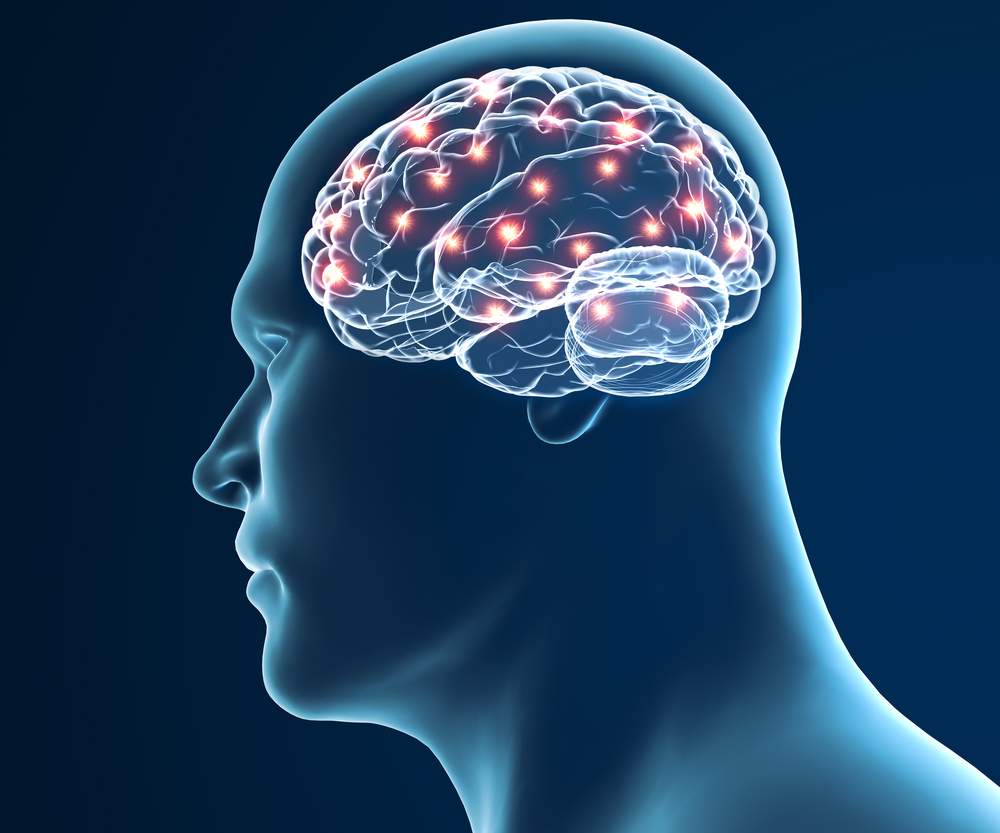Hoffmann Reflex Test Useful During DBS Surgery

Scientists have found that the Hoffmann reflex — a test often used to evaluate reflexes in the upper extremities — can be used as a biomarker to assess the correct placement of electrodes during deep brain stimulation (DBS) surgery in patients with advanced Parkinson’s disease.
This reflex test, in which electrical stimulation is applied to a particular muscle and then measuring its reflex response, can be performed easily and evaluated while patients are having surgery. Its results match those of other methods that are more time-consuming and tiring for patients, making it a promising electrode placement biomarker.
However, according to investigators, this classic test also may prove to be useful in other situations and for different purposes, including regular patient check-ups to assess disease progression.
These findings were reported in the study, “Intraoperative changes in the H-reflex pathway during deep brainstimulation surgery for Parkinson’s disease: A potential biomarker foroptimal electrode placement,” in the journal Brain Stimulation.
DBS is a surgical treatment for Parkinson’s that uses electrical impulses to stimulate specific regions of the brain involved in the control of body movements. It eases some of the disease’s typical motor symptoms, such as tremors, bradykinesia (slowness of movement), and stiffness. It usually is recommended for patients who are at more advanced stages of the disease and no longer respond to pharmacological treatments.
During DBS, surgeons must place a set of electrodes in the patient’s brain and then connect him or her to a small pacemaker-like device that is normally placed under the skin of the chest or abdomen. The device is programmed to send electrical impulses through the electrodes to stimulate the patient’s brain.
Although DBS can significantly improve the overall quality of life of patients with advanced Parkinson’s, it is a painstaking and time-consuming procedure for surgeons.
“The wires we implant into the brain are very small, and it takes the better part of several hours with an awake patient in the operating room to place these electrodes exactly where they need to go,” Tejas Sankar, neurosurgeon at the University of Alberta, Canada, and the study’s senior author, said in a university press release.
Despite technological advances in recent years, it is estimated that in 17% of the patients undergoing DBS, electrodes are not placed correctly in the brain, which can lower the treatment’s effectiveness, increase the risks of side effects, and require patients to undergo a second surgery for repositioning.
According to Sankar, correct placement of electrodes during DBS is checked through a variety of imaging and neurophysiological tests, including applying electrical stimulation and assessing whether that eases patients’ tremors while they are still on the operating table.
However, these procedures are sometimes not straightforward, and can be particularly time-consuming and tiring for surgeons and patients alike.
“It’s a subjective process and it’s very tiring to the patients and to the team as it takes many, many hours,” said Sankar.
“There’s been a long-standing goal in deep brain stimulation surgery to try to find some kind of biomarker that during surgery will tell you you’ve placed the electrode exactly where it should be to get the best result,” he added.
Now, Sankar and his team have found that the Hoffmann reflex, a classic reflex test of the upper extremities that is known to be abnormal in patients with Parkinson’s, can be used to assess whether electrodes have been placed correctly during DBS surgery.
In the study, Sankar and his team performed the Hoffmann reflex test in a group of 16 patients while they were undergoing brain surgery, by applying electrical stimulation to their calf muscles.
“H-reflex assessment is non-invasive, easy to implement, and can be employed during awake DBS surgery without requiring patient participation,” the researchers wrote.
In normal conditions, patients’ muscles tend to have a poor reflex response to electrical stimulation during the Hoffmann reflex test.
However, they found that when electrodes were placed correctly and DBS was applied to the intended brain regions, patients’ muscle reflexes also normalized during the Hoffmann test.
Moreover, they confirmed Hoffmann reflex test results matched those of other methods currently used to assess correct electrode placement during surgery, supporting its use as a possible surgical biomarker.
“We found that measurement of [Hoffmann reflex] recovery shows promise as an adjunct biomarker — useful at the individual patient level — for suboptimal vs optimal DBS electrode placement,” they wrote.
However, the team also noted that additional studies will be needed to assess the performance and utility of the Hoffmann reflex test when patients are asleep under general anesthesia during surgery.
In parallel, the team led by Sankar also is exploring the potential usefulness of the Hoffmann reflex test outside DBS surgery. They noted the test could be particularly useful at post-surgical visits when patients have their DBS settings adjusted to suit their personal needs and better control their symptoms. According to the team, the Hoffmann reflex test may help make this process more efficient.
Sankar noted this classic reflex test also may be useful to evaluate Parkinson’s progression during regular follow-up visits.






